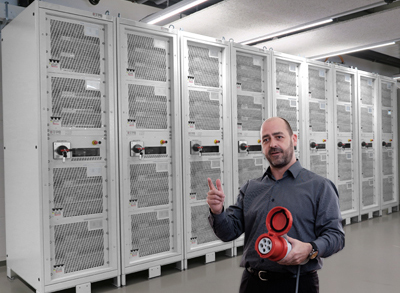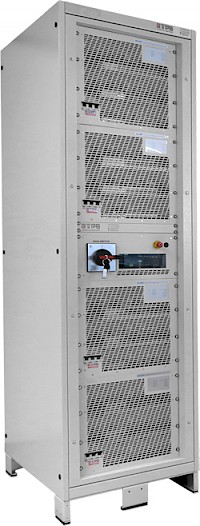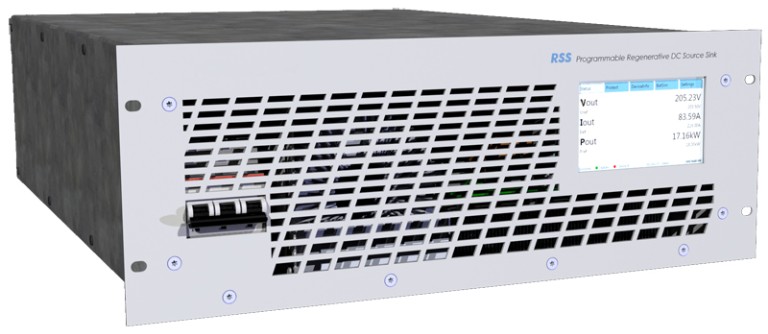When building a world leading aerospace research lab, the University of Nottingham needed a versatile power system to ensure the facility takes off.
 Civil aviation has exploded in recent years. Since 1960, the total worldwide annual passenger count has increased by 4000% to 4.1 billion journeys.
Civil aviation has exploded in recent years. Since 1960, the total worldwide annual passenger count has increased by 4000% to 4.1 billion journeys.
This vast movement of people comes at an environmental cost. There are currently no regular commercial flights which use electric aircraft. The industry currently relies on hydrocarbons as fuel.
The University’s PEMC (Power Electronics, Machines and Control) research group have built a new facility. The UK Electrification of Aerospace Propulsion Facility will cater for a wide range of electric aircraft developments. Testing electrical machines, motors, controllers and power sources - both individually and as a complete system.
ETPS supplied the University with a modular 3000V/2MW bidirectional power system. The versatility of the G5-RSS allows the group to conduct research and development across many applications.
Chris Varley, Propulsion Centre Manager for the PEMC, explained “Future trends and technology breakthroughs are often unpredictable. So the programming capabilities and reconfigurability of the G5-RSS system is critical.”
“Innovation doesn’t respect the size or depth of pockets. Minimising time spent switching between configurations is critical in keeping a low cost base so our services are competitive for SMEs. ETPS provided a solution that facilitates this.”

 The G5-RSS system was delivered with a specially designed remote switch cabinet (RSC), to make fast and accurate configuration changes. The RSC electronically switches between high voltage (3000Vdc/±1944A) and high current (1500Vdc/±3888A) configurations. The process takes approx. 5 seconds. Safety devices are installed so it is not possible for a user to make a mistake.
The G5-RSS system was delivered with a specially designed remote switch cabinet (RSC), to make fast and accurate configuration changes. The RSC electronically switches between high voltage (3000Vdc/±1944A) and high current (1500Vdc/±3888A) configurations. The process takes approx. 5 seconds. Safety devices are installed so it is not possible for a user to make a mistake.
 With two current ranges for high accuracy, the
With two current ranges for high accuracy, the 



